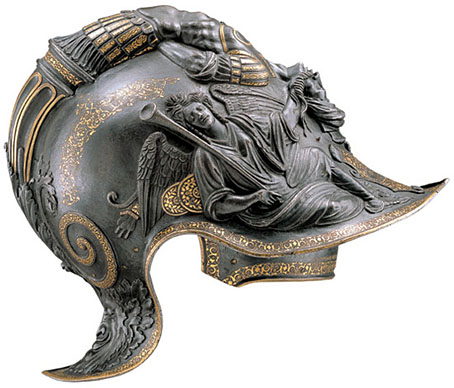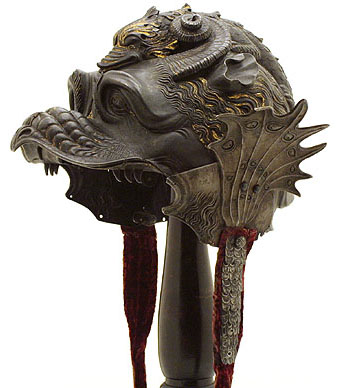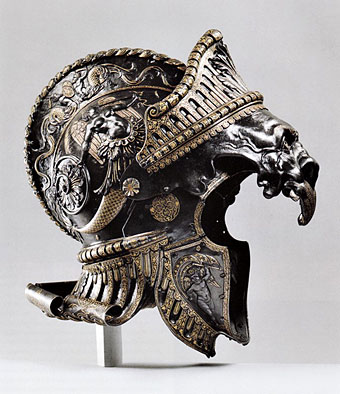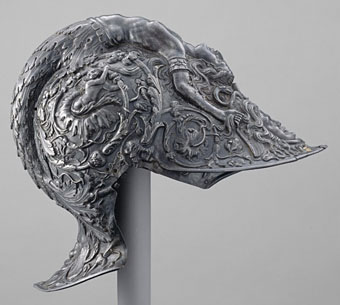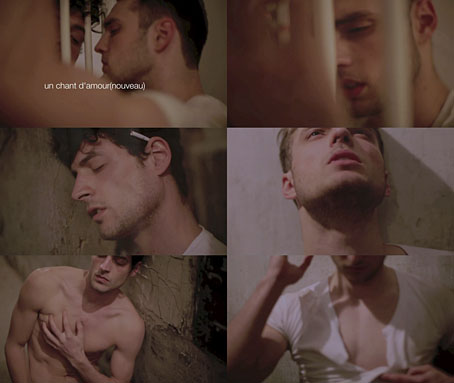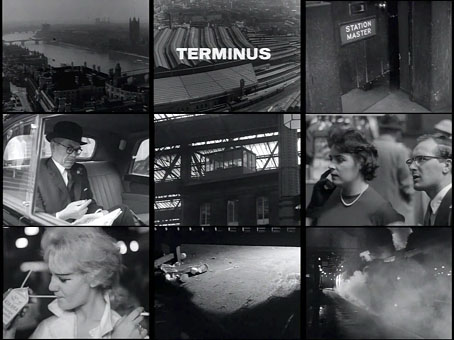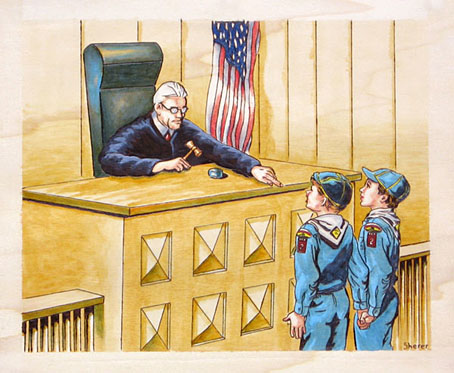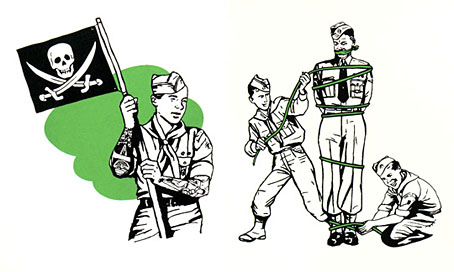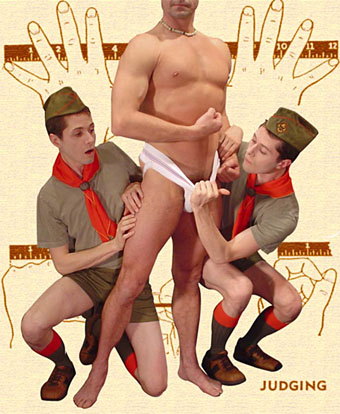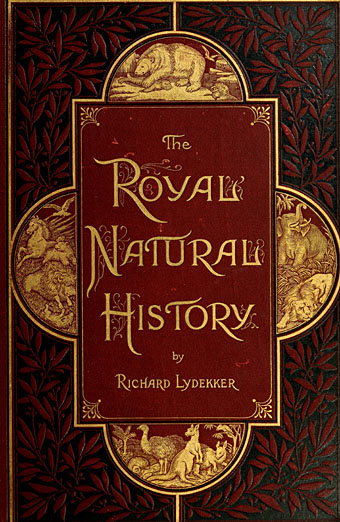
The second surprise of the weekend came, as in the best Lovecraftian tradition, with the chance discovery of a small sheet of paper, a reminder from the librarian when I was at sixth form college to return three overdue books. This was an odd survival from my schooldays since I kept hardly anything from that period. One of the books was this volume, The Royal Natural History (1894), vol. 1, sec. 2, written by Richard Lydekker with engraved illustrations by a variety of artists. I said goodbye to higher education when I quit sixth form after a year; the interval there was miserable but the place did have a very good library in which I spent a lot of time reading instead of attending classes. Many of the books there were better than those in the town library—my first sight of James Joyce’s Ulysses was on those shelves—and included a small number of older titles which were in surprisingly good condition for school books.
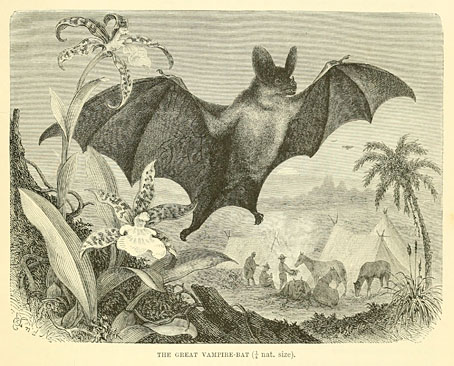
What’s nice about tracing this book is finding the title of one of those volumes whose engravings I found so fascinating and whose identity I’ve wondered about for years. The pictures are all excellent renderings, far better than the illustrations in a set of similar books I own which are forty years older and where the animals tend to be goggle-eyed comical things. Although this was the one I borrowed I suspect the library may have had more in Lydekker’s series since I recall one depicting fish and other marine creatures. The copies here are from the Internet Archive, of course, where they have a complete set that I’ve yet to look through. (There are twelve books in the set.) I wondered at first why I’d borrowed a book about the larger mammals until I saw the picture of a lynx below which I remember using as reference for a drawing. The Lydekker and the purchase a year later of Wilfried Sätty’s illustrated Edgar Allan Poe is where my engraving obsession really took off.
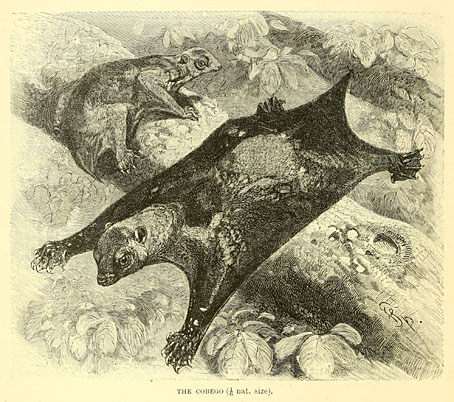
Continue reading “The Royal Natural History by Richard Lydekker”
